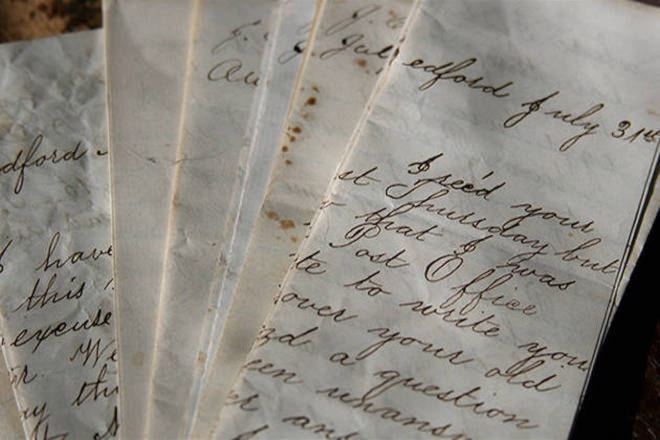Clean wood-fire is possible
When burning wood/bio-mass to generat— heat, or reduce a slash pile to ash, clean combustion is possible so long as we adhere to a few important principles. First, all the smoke/gasses must be drawn into the flame path. Once there, an optimum amount of turbulence must be present to ensure a thorough mixing of gasses. Also, the fire must be kept as hot as possible, and the draft must be strong – but not so strong that the gasses don’t have time to fully combust. These principles are known as “the three Ts”: time, temperature, and turbulence.
Gasses are released (pyrolized) from wood at around 150 C, but ignition does not occur below 300 C. Complete combustion of all tars and volatiles only occurs at over 600 C. A backyard slash pile is very difficult to burn clean because the smoke/gasses tend to wander skyward rather than into the flame path. This can be remedied somewhat by raking the smoking bits of wood around the perimeter into the centre, and ensuring that the core of the fire is strong (with dry material). This helps to evoke a strong draft up through the middle that draws smoke in from the bottom sides. Of course, such tending requires steady vigilance, which few of us have time to offer. So anything you can do to stack the (DRY) burnables tall and narrow at the start will help. Frankly though, even will all these efforts, the fire is bound to smoke at least somewhat.
A much cleaner approach to backyard burning is to cut the bottom out of a metal garbage can or 45 gallon drum, then perch the cylinder on a tripod of bricks about two or three inches above ground. Build the fire up strong with dry wood, then gradually toss in scraps. With this kind of ‘intentional chimney fire’ virtually all of the gasses will be combusted — even wet scraps. And although it may feel like extra work re-handling the materials, you will be amazed at how cleanly and quickly it burns. My family does this every spring with our blackberry clippings. We stack a half barrel on top of our existing half barrel set up, which we otherwise leave in place for cooking and gathering round.
Many people have a hard time believing that a wood-fire can be clean. And with all the old (and sometimes new) wood-stoves smouldering away in the valley such perception is understandable. For all the advancements in metal-box stove technology such as catalytic converters and secondary re-burn chambers…a slow, small, gradual fire is still a weak fire. The better insulated our houses get, the more we try to slow it down…the closer it comes to crashing into a smoulder. Factor in a bit of operator error such as omitting to ramp up the burn/draft on start up and/or reload, or — as is way too often the case — burning unseasoned/wet wood, and our fire is smouldering, puffing out wasted blue fuel, harming our lungs, clogging our pipes, and adding carbon to the atmosphere. I see it all too often, even from the chimneys of environmentally conscious citizens with spanky new stoves.
The best way to eliminate the potential for operator error is to burn full blast and then store the heat in earthen mass. Metal-box stoves cannot do this because they have limited storage capacity and will over heat at high temperatures. By contrast, wood-firing appliances such as masonry heaters and rocket mass heaters are designed to ‘decouple heat production from delivery’, with refractory cores that burn at over 800 C, and semi-conductive earthen flue runs and/or hollow chambers that effectively harvest and store over 90 per cent of the heat for gradual delivery in to the living space. So the thermal energy from a very clean one hour burn is released gradually into the living space over the next 12–24 hours. The exhaust is clear and breathable after five minutes of warming up. Particulate matter parts per million are less than 0.5 grams per hour (average). And there are no delicate metal components to wear out.
This process of decoupling heat production from delivery is an altogether different paradigm than slowing a fire down so we don’t over heat, but it is very ancient technology (think Roman bath-houses, then go back another 4,000 years), and has been well-proven via the use of masonry heaters for over 500 years throughout northern Europe. If we are going to get serious about clean energy we need to see through the smog of poor practice and faulty assumptions — not to mention the vested interest of big industry energy sellers.
For more information on very clean wood-firing, check out mha-net.org. Or do a web search of rocket stoves and heaters.
Pat Amos
Glenora
